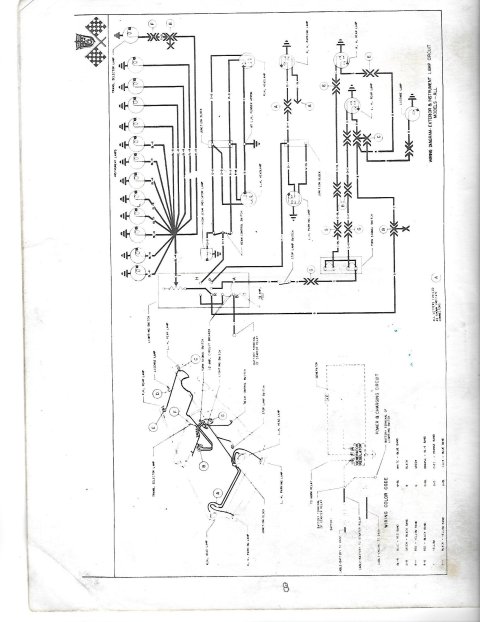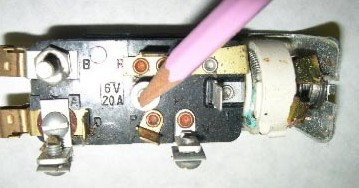Tater SaladMemberLifetime Donor
New
Doug, that's a great explanation. Do you have one for the ignition switch?
I can help a little bit. I went through the wiring circuit diagrams in my book and have broken down what I could find. Strange thing tough, my book does not show the start run circuit? ("S" terminal?) According to my book there are four terminals on the back of the ignition switch. It has been a very long time since I've even looked at the wiring / switches so I can only go by this book right now.
"B" terminal is yellow wire from the Battery terminal of the light switch.
"C" terminal has two wires identified as Blue/Green. one goes to the GEN light circuit and the other goes to the OIL light circuit
"A" terminal has a bunch of wires (less if you don't have power seat / windows or overdrive);
Orange/yellow - goes through a fuse to feed the turn signal
flasher.
Black - goes to the overdrive relay.
Blue/green goes to the constant voltage unit to feed the gauges.
Brown - goes to the heater blower circuit
Red - goes to the circuit breaker for the 4-way seat regulator
Yellow - goes to the relay for the 4-way seat-O-matic
Red - goes to the relay for the power windows
"S" terminal in my book shows no connections. I'm pretty sure that would be the start/run circuit. Sorry I don't have the color codes or descriptions. I would have to go pull the old harness out of the box and figure it out. If no one else can help I can check it out and get back to you.




